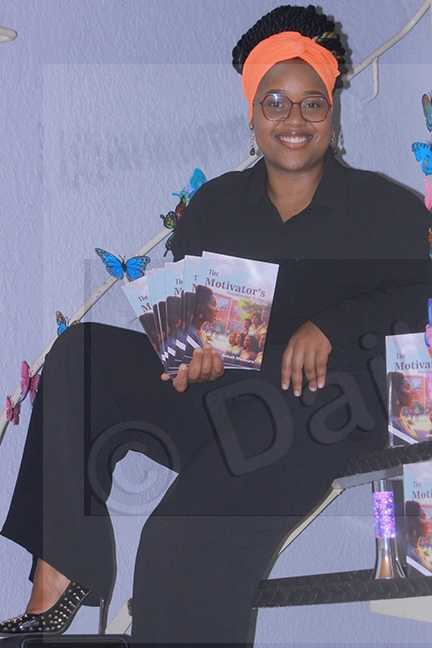Basarwa still embrace cultural practices
15 May 2017
Every ethnic group has always had its own cultural norms, traditions, beliefs and other practices that set them apart from other groups.
These practices are upheld with strong regards and some believe such connected them with their ancestors, while others perceived them as their guidance in their everyday lives.
Some Basarwa elders at Kutamogoree are not an exception to this, they have a cultural practice of Boro ritual dance, which they still uphold and embrace despite several challenges that came along such as having to mix with other different ethnic groups.
In an interview, one of the community elders, 72-year-old Gaothata Ramatshubo said Boro is a sacred dance that is performed during a traditional cleansing ceremony (phekolo).
She said when this ceremony is performed; a well-seasoned dancer kneels down and murmurs some words in Sesarwa with a strong believe that he is communicating with the ancestors.
“The dancer asks for protection of the new born babies, asks for rain, or any matter that the community feels needs to be referred to their ancestors,” she said.
Ramatshubo also said the dance is believed to be a healing process, especially for those with an intense illness that is believed to be from a bad omen (dikgaba).
She said during the ceremony, there is always a feast and traditional beer is poured on the grounds with the believe that it is being given to ancestors.
Ramatshubo explained that although Boro dance has always been part of their cultural practice, not done through personal choices, but only when one is initiated.
“Boro dance is a spiritual heritage from our forefathers and those in possession of such spirits are identified through an intense illness or frequent fainting whenever the dance is performed,” he said.
She said if any person fainted, no medical attention is administered for it is considered that the person is under the protection of the ancestors.
Once the person gains consciousness, they are then taken to a prominent traditional healer to be groomed into a complete dancer.
Ramatshubo also noted that the male dancers are expected to be dressed in loin cloth (tshega) and black myriads across their upper bodies while women are expected to be in skirts made from animal skin and a lace of cocoons (matlhoa) on their ankles as well as the black and red myriads on their upper bodies.
Additionally, she said when this dance is performed; they hit pieces of metals such as mogoma and petlwana against each other so as to produce a clinking sound that blended well with Sesarwa songs.
Ramatshubo further said Boro dance is the only cultural practice they have managed to preserve despite challenges of having to adapt to some practices from the different ethnic groups they had to live with.
As such, she said their intention was to continue preserving and embracing the practice through imparting the skills on the youth.
She also said although the youth cannot perform it for ritual purposes, it would be one way to showcase their cultural practices. ENDS
Source : BOPA
Author : Chendzimu Manyepedza
Location : KUTAMOGOREE
Event : interview,
Date : 15 May 2017








